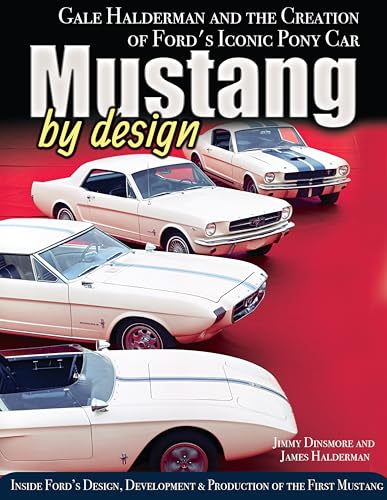The photo above (1st photo) isa an EGR valve, for sure. Those early EGR valves were supposed o hold vacuum, no slow bleed off by design. That said, most folks who wanted to alter its behavior either unplugged the vacuum line leading to it (and plugged the ported vacuum line, or installed a fabricated sheet of metal (preferably stainless steel) between the EGR valve and the adapter plate at the base of the carburetor. The quick play was unplugging the actuating ported vacuum hose, then plugging the hose so the vacuum advance would bot be adversely impacted.
The reality is the EGR valves on those early engines did not hamper the performance of th engine that much. In fact, because it was designed to quell the explosive burning of the Air/Fuel in the combustion chamber that it was possible for a previously quiet engine to begin to ping on light throttle acceleration once the EGR was compromised. The impact is so benign that on out 73 Mustang's 302 its EgR system is fully connected and operating as designed, as I know it has no real impact on the driveability of the vehicle. If I races the car on a track I would feel differently. But I do not track or race it, so it stays in working order as I know it does no real harm.
If an EGR valve is leaking where its pintle valve, where the exhaust gas is on one side, and the intake manifold A/F mixture is on the other side, the result will be a rough idle, and if stuck open too far it could even keep the engine from idling at all. Also, if stuck open too far the performance of the engine will be reduced, especially at lower levels of throttle opening. I rarely saw a leaking EGR valve's pintle valve, and when I did it was only enough to cause a rough idle. A new EGR valve corrected the issue.
When we first got our 73 Mustang Convertible about 2 1/2 years ago, it only has 19,000 some odd original miles on it. That is because one of its early owners had become very ill after buying it, and it was literally stored in a barn over 40 years. When we got it very little had been done. New tires and wheels as the original tires' sidewalls were cracked badly, and the recent buyer wanted the oem steel wheels replaced. It also had a new convertible top. And tune up also. Other than the plug, points, and condenser. and the tires, wheels, and top, everything else was in its original condition, well preserved, and unmolested. Well, so I thought. The engine had a little hesitation to it on light acceleration. I felt it was either a failing or leaking accelerator pump circuit issue, ruptured vacuum advance diaphragm, retarded ignition timing, EGR Valve behavior, or the float level in the carb was too low. I inspected the accelerator pump circuit and it was working properly, and the vacuum advance system was working with no diaphragm leaks. I then did a vacuum test on the EGR diaphragm and found it held a vacuum. I also saw the EGR valve's vacuum hose was delivering ported vacuum. The dwell was too high, which meant the ignition timing was a little retarded. I looked at the points and found they were fairly new, so I figured the points can lobes were never lubricated, causing the point rubbing block to wear too quickly. I applied a little bit of point lube to the lobes, reset the dwell angle, then adjust the timing, The hesitation remained. So, the last suspect was a low float level in the 2v carb.
Despite having low miles I decided to do a carb rebuild to make certain none of its passageways had a buildup of varnish from old, stale gasoline. I documented that on a YouTube video, of course, located at:
https://youtu.be/U-ETjhRqUwQ
I go into the float level issue in that video at 01:18:19 hh:mm:ss into the video itself. That was my first indication someone had rebuilt the carb previously, as the factory almost never sets their float levels as los as this one was set. My guess is someone set it that low to lean out the A/F mixture in an effort to get better fuel mileage. Hmmmph, and years later it bites me, it is not fair. But, it was easy enough to correct
The next hint the carb had been rebuilt is at 01:30:10 hh:mm:ss, where I begin to discuss the Power Valve. When I removed the Power valve I found someone had installed two gaskets. Most likely due to someone rebuilding it and not realizing usually two gaskets are provided that are slightly different. I fixed that, and the float level setting. Once back together the car ran great, no more off idle hesitation.













































